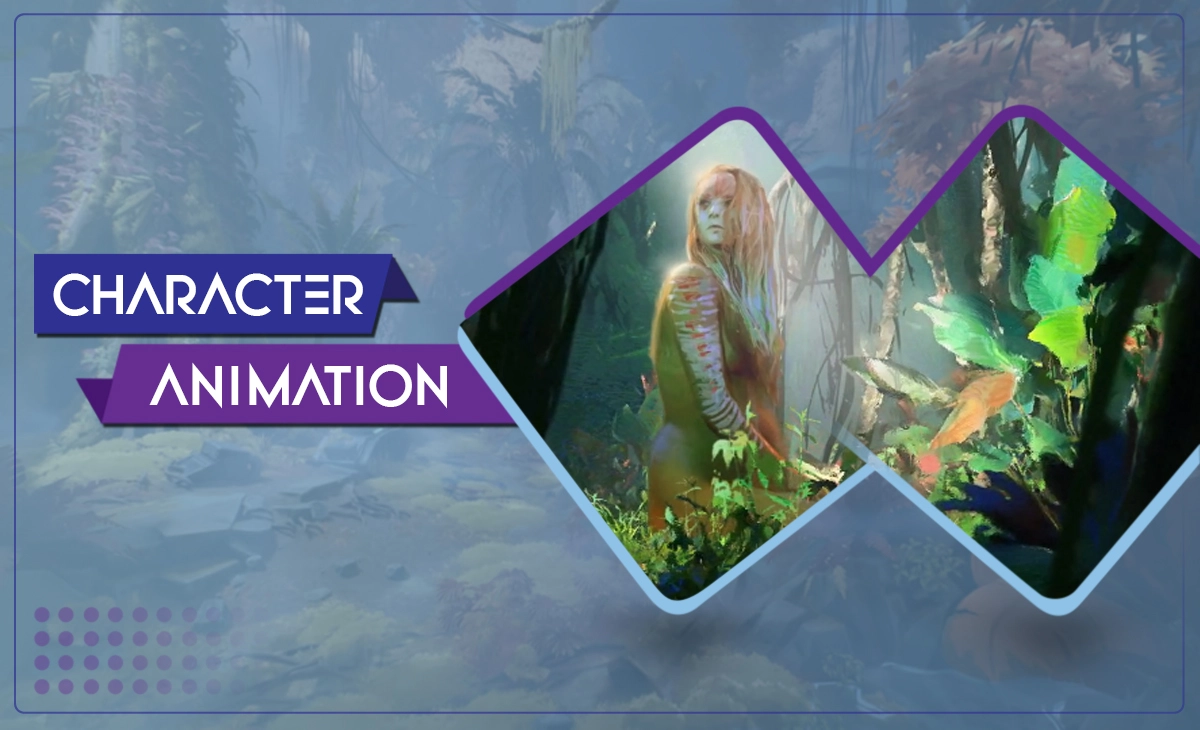Overview
Today 3D modeling is an integral part of different industries from entertainment to aerospace, architecture, and mechanical industries. This innovation benefitted us from the beginning of its journey. It plays a vital role in both the technical and creative fields to enable the concept, prototype, and visualization of the product. When it was first invented, it had limited options for work but with time and technological advancement, it also expanded its capabilities. The field continues to evolve, with innovations like virtual reality, 3D printing, and the integration of artificial intelligence further broadening its applications.

The Beginnings of 3D Modeling: How It All Started
The origins of 3D modeling trace back to the 1960s, a time when it was a highly specialized field accessible mainly to professionals in engineering and automation. The software available then was based on complex mathematical models, making it difficult for artists or non-specialists to use. Additionally, the high cost of equipment and restricted access to these systems kept 3D modeling under the radar for many scientists and companies.
It was started in 1963, Ivan Sutherland a computer scientist wrote a program named Sketchpad. He is considered the father of computer graphics. This groundbreaking program allowed users to visualize and control functions on the computer screen, laying the foundation for modern computer graphics, operating systems, and software interfaces.
Sutherland developed the first version of Sketchpad in 1961, running it on the TX-2, a programmable computer at MIT. After further development, he published his doctoral thesis, “Sketchpad: A Man-Machine Graphical Communication System,” in 1963.
Building on this success, Sutherland and his colleague David Evans established the first department of computer technologies at the University of Utah. They gathered many talented students to help advance the software, including Edwin Catmull, who later founded Pixar Animation Studios.
In 1968, Sutherland and Evans founded Evans & Sutherland, the first 3D graphics company. This marked the beginning of the democratization of the 3D graphics industry. Today, every user interface we interact with has roots in Sketchpad, which plays a crucial role in developing imaging software, including CAD and 3D modeling programs.

3D Modeling in the 1970s: The Rise of CAD and Shading Techniques
At this stage in the history of 3D modeling, new companies began to offer automated design and drafting systems. One such system was ADAM, a CAD system released in 1971. ADAM was designed to run on many different machines, greatly increasing the availability of CAD software as computers and technology advanced.
While companies like MAGI, which introduced solid 3D modeling, were creating a growing demand for CAD, universities were also working hard to push 3D modeling forward. At the University of Utah, researchers Gouraud and Phong developed new shading techniques. These techniques simplified the original methods for rendering, making processing faster and improving the way light, reflection, and shading were displayed.
A notable point in this history is the Utah teapot model. This teapot became a symbol of 3D computer graphics after Martin Newell used it to test his graphical research. The teapot was ideal for testing because of its structure, its variety of surfaces, and its ability to cast shadows on itself. Newell shared his findings with other researchers, who also quickly adopted the teapot.
The 1980s-1990s: The Dawn of Commercial 3D Modeling Software
In the early 80s, there were some developments in this sector such as IBM introducing pc. The launch of the IBM PC in 1981 sparked the widespread adoption of CAD in various industries, including aerospace, automotive, and commercial engineering. The rise of affordable UNIX workstations further boosted productivity and solidified 3D modeling with software like Unigraphics’ UniSolids CAD. AutoCAD’s release in 1983 was a game-changer for 3D modeling on the IBM PC, offering similar functionality to existing CAD programs at a fraction of the cost. However, its dominance was brief, as commercial CAD systems rapidly gained ground, aided by IGES, a file format that enabled seamless 3D design transfers across different platforms.

2000-2010: The Era of Advanced 3D Modeling and Photorealistic Rendering
Over the next decade, 3ds Max continued to evolve, rebranding as Discreet 3ds Max in 2000, and finally becoming Autodesk 3ds Max in 2005. With each update, the software improved, introducing features like the Hair & Fur module in 3ds Max 7.5, which enabled realistic modeling of materials like wool, fur, and grass.
In 2000, Autodesk also released Revit, a building information modeling (BIM) program that quickly became a favorite among architects and engineers. The mid-2000s saw the emergence of powerful photorealistic rendering tools, including Maxwell Render (2006), Octane Render (2009), and Corona Renderer (2009), along with significant advancements in Blender. These developments in 3D modeling and rendering software played a crucial role in popularizing CGI within architecture and design, allowing professionals to showcase their work with unprecedented detail and realism.

2010-2020: Modern 3D Modeling Tools and Their Impact on Architecture and Design
Over the past decade, it has become integral to the architecture and design industries, leading to a wide range of software options for different needs and budgets. Programs like Blender are free and popular among freelancers and beginners, while paid options often offer student versions.
Modern CG software produces realistic visuals that are nearly indistinguishable from actual photos, capturing materials, textures, and lighting with incredible accuracy. Artists frequently use established tools like 3ds Max, Maxwell, and Octane, alongside newer innovations like Rhinoceros 3D and ZBrush.
The evolution of 3D modeling is not just about more software, it is about expanding possibilities. Professionals in engineering, architecture, and design can now present their ideas in diverse formats, from still images to VR, panoramas, and animations.
The Future of 3D Modeling
With the increasing shift to cloud-based systems, many software companies are transitioning their applications online. This move is driven by the need for seamless communication among global teams, a priority accelerated by the pandemic. As more companies complete this transition, we can expect to see a huge in cloud-based software that fosters easier collaboration across different locations.
The rise of various emerging technologies—such as 3D animation, artificial intelligence (AI), machine learning (ML), augmented and virtual reality (AR/VR), cloud computing, simulation, and big data—signals a growing integration of Industry 4.0 components. We’re already witnessing examples of these technologies being combined to create superior interfaces and outcomes. For instance, generative design software leverages AI and ML algorithms to enhance traditional design tools, generating a multitude of design options from the same set of input constraints.
The integration of AR/VR design software is another breakthrough, enabling designers to wear VR headsets and create 3D models in a virtual space. Hackrod, a digital manufacturing company, has demonstrated a design process that combines generative design, immersive VR design, and distributed manufacturing, showcasing the potential of these integrated technologies.
Final Thought
3D modeling, in particular, has advanced significantly over the years. While it’s difficult to predict exactly how future technological developments will shape this field, the outlook for it remains promising and full of potential.







